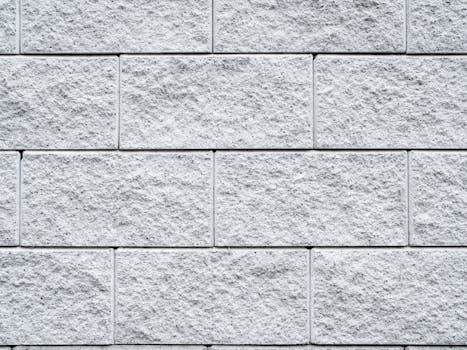Zero-Waste Patterns: Rethinking Garment Construction
In recent years, the fashion industry has come under scrutiny for its negative impact on the environment. One major issue is the amount of waste generated during the production of garments. According to the Environmental Protection Agency, around 16 million tons of textile waste is generated in the United States alone each year. This waste not only takes up valuable landfills space, but also contributes to air and water pollution. To combat this problem, designers and brands are turning to zero-waste patterns, a new approach to garment construction that aims to reduce and eliminate fabric waste. In this article, we’ll explore the concept of zero-waste patterns and how it is redefining the way garments are made.
What are Zero-Waste Patterns?
A zero-waste pattern is a method of garment design that eliminates all fabric waste generated when cutting out pattern pieces. Traditional methods of constructing garments often result in leftover scraps of fabric that are too small to be used in future projects. Zero-waste patterns, however, utilize the entire fabric piece, leaving no scraps or waste behind.
This process involves designing the pattern pieces in a way that they fit together like a puzzle, maximizing the use of the fabric. This not only reduces waste, but also conserves resources, as less fabric is needed to make the garment. The goal of zero-waste patterns is to create a sustainable and environmentally friendly approach to fashion design.
The Benefits of Zero-Waste Patterns
Besides having a positive impact on the environment, zero-waste patterns also offer several other benefits. One of the main advantages is cost savings. By using the entire fabric piece, designers can reduce the overall cost of materials, which can then be passed on to the consumer. Additionally, zero-waste patterns can also save time during the production process, as there is no need to clean up or dispose of fabric scraps.
Another benefit of zero-waste patterns is the potential for more creative and unique designs. Since designers must work within the constraints of the fabric piece, they are forced to think outside of the traditional pattern cutting methods. This can lead to innovative designs and shapes that may not have been possible with traditional techniques. The result is a garment that stands out and makes a statement.
Challenges with Zero-Waste Patterns
As with any new approach, there are challenges that come with implementing zero-waste patterns. One major obstacle is the availability of fabrics in large enough pieces to create the desired garment. Most fabric manufacturers produce fabrics in standard widths, which can limit the size and shape of the garments that can be made with zero-waste patterns. However, as sustainable and ethical fashion practices become more mainstream, more fabric manufacturers are starting to produce wider fabrics to accommodate this trend.
Another challenge is the time and skill required to create a zero-waste pattern. Designers must carefully plan and calculate each pattern piece to ensure that there is no waste left behind. This requires a deep understanding of garment construction and pattern-making, as well as the ability to think spatially. However, with practice and a shift in thinking, these challenges can be overcome.
The Future of Zero-Waste Patterns
While zero-waste patterns may seem like a niche approach to garment construction, it is gaining momentum in the fashion industry. Sustainable and ethical fashion practices are becoming more and more important to consumers, and zero-waste patterns align with these values. As more designers and brands adopt this method, it has the potential to drastically reduce the amount of textile waste generated each year.
Additionally, advancements in technology and software are making it easier to create zero-waste patterns. 3D modeling and simulation tools allow designers to see how the garment will look and fit before cutting a single piece of fabric. This not only saves time and materials, but also reduces the risk of error.
In Conclusion
Zero-waste patterns are redefining the way garments are made. By eliminating fabric waste, this sustainable approach to garment construction not only benefits the environment, but also offers cost savings, promotes creativity, and encourages a shift towards more ethical and responsible fashion practices. While there are challenges to overcome, the future looks bright for zero-waste patterns in the fashion industry.








